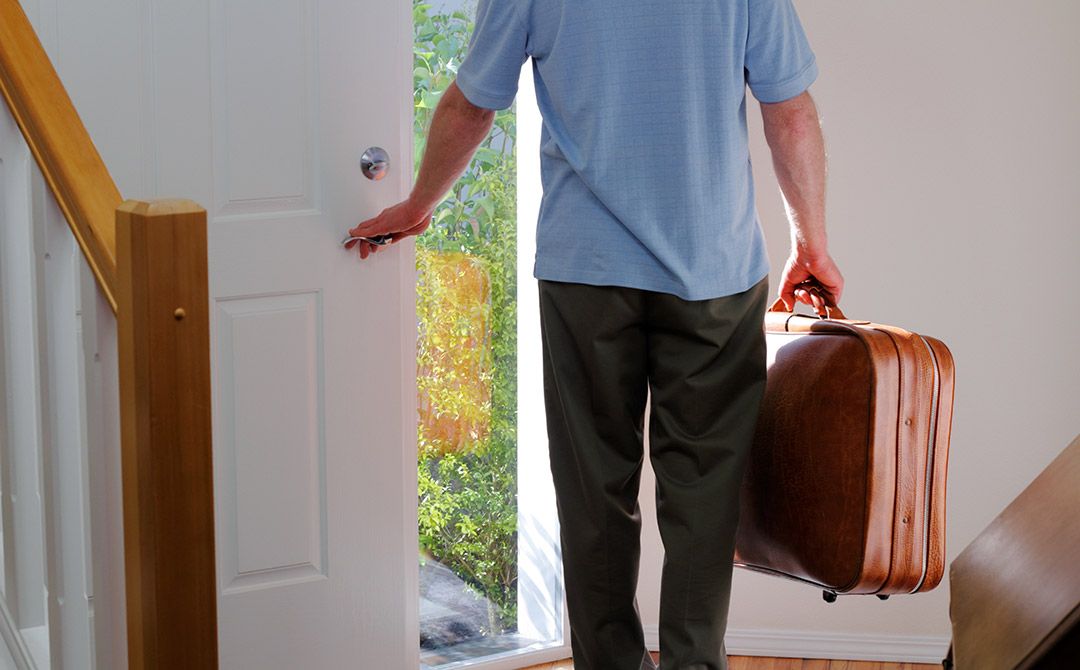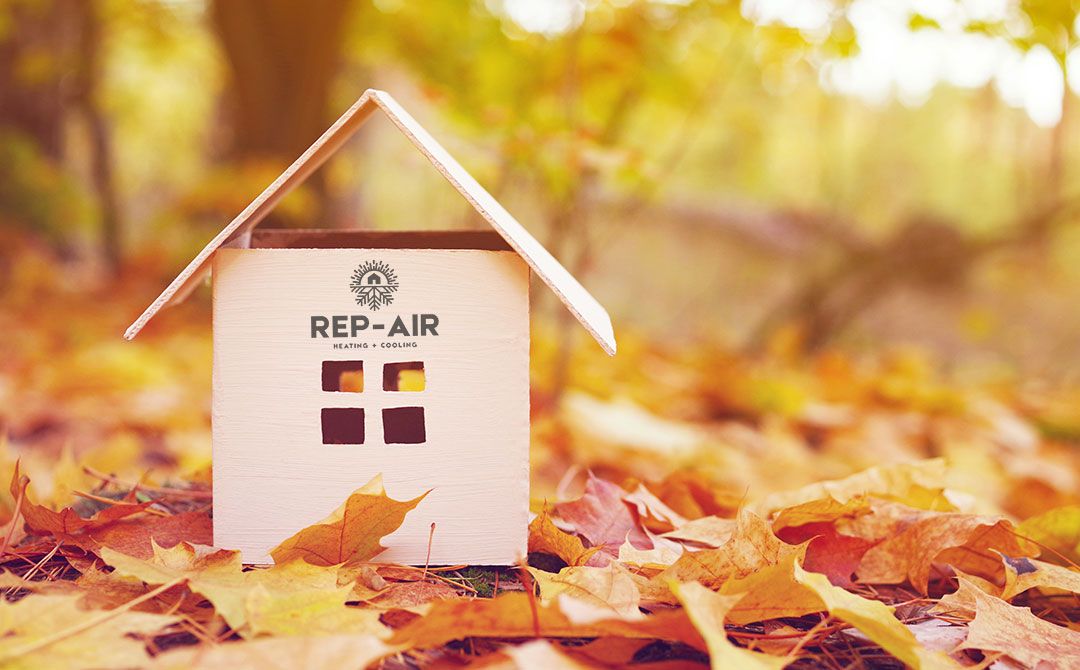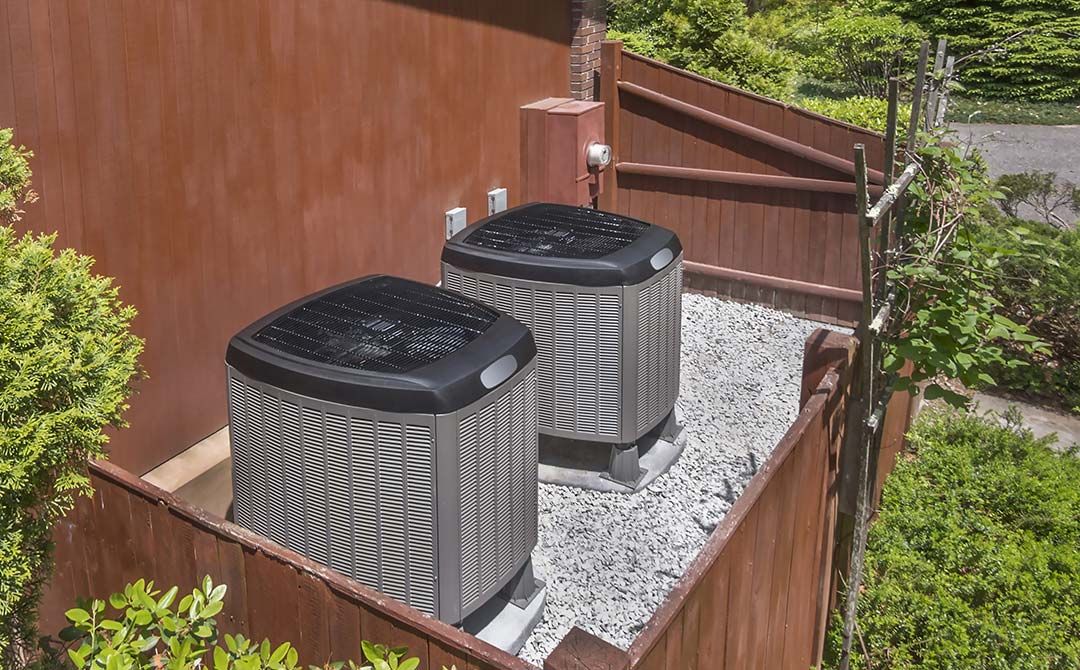Winter HVAC Tasks You Can Do Right Now
It’s the time of the year when many are dragging their holiday decorations out from the basement or shopping for gifts, or they’re turning on the heat to keep themselves warm. While you’re getting ready for winter and the holidays, why not take this time right now to check on your home’s HVAC?
The last thing any of us at Rep-Air want to discover is that a customer needs help with their furnace while there’s a blizzard outside, or that there’s no hot water in the heater when it’s freezing. So bundle up and check out these winter HVAC tasks that you can do right now to prevent such scenarios from happening to you!
Clean your house’s A/C
Yep, you read that right. Now that winter is almost here, it’s unlikely you want to keep your house cold in the winter (that would be silly!). It’s a good time to clean your air conditioning unit now that the A/C is not in regular use like your furnace likely is right now.
Dust off the fan blades and give the coils a good defrosting. While you’re cleaning you may also be able to spot any future problems that may lie ahead with your unit. If you do find anything, be sure to consult with your HVAC technician during the off season (spring) when they’re not nearly as busy helping out with furnaces in the winter.
Look at your hot water heater’s temperature
It may seem tempting to turn up the heat on your hot water heater when it’s rainy and miserable outside, but watch out! Too hot of a water temperature can lead to scalding your skin! The ideal temperature should be 48 degrees Celsius (120 degrees Fahrenheit) to both avoid scalding your skin and save energy.
When winter rolls around, your hot water may not feel as hot as it should be. Try to adjust your thermostat only by 5 or 10 degrees to see if there is any improvement in the heater’s performance. You can ask your technician to do this for you during an inspection, but if you insist on doing it yourself be absolutely sure you have the heater manual on hand. If you don’t, again, leave it to your technician.
While adjusting your water heater’s thermostat, look at the current temperature and if there seems to be a fluctuation (i.e. it won’t stay where it’s supposed to) let your technician know. A faulty thermostat on any HVAC unit is a warning sign that it needs either fixing or replacement.
Tidy up around the furnace
If you’ve already done this in the fall, then congrats! You probably don’t need to worry about this task right now. However, if you’ve put it off until reading this article, now’s the time to really check on things. In particular, it’s a great idea to pull out the vacuum cleaner and clean out your furnace blower’s compartment. It’s a bit of a chore, but not only will this improve your home’s air quality, it also will contribute to extending your furnace’s lifespan. You can also check out our article on furnace maintenance in detail, which covers tasks that you can do without a technician’s help (though, if there are parts you’re not so sure about, it never hurts to ask!).
Listen for noises
One thing you can do (it’s best to do this while the temperature is still comfortable) is to run your heat normally for an hour. Carry on with the rest of your day in the house, but keep your ears open. Listen in particular for anything that doesn’t sound normal, such as knocking, grinding, or thrumming. If you don’t hear anything, then things are fine. If you do though, it could be a sign of something more serious.
Another bad sign would be if you don’t feel any heat in the house even after an hour has passed! Contact your licensed technician if you do hear noises or have no heat. It’s likely the problem is with the system itself.
Insulate your attic
Insulation in the attic can actually help your HVAC out by keeping warm air from escaping to outside and ensuring it stays inside where it belongs. It can also help prevent your HVAC system from overworking itself while still maintaining the proper temperature.
According to Energy Star, a quick visual way to see if you have enough insulation in the attic is to examine the floor joists. If the insulation is just level or it’s hanging below the joists, then more insulation will be of benefit to you and your home. If your view of the floor joists is obstructed by the sight of the insulation, then it’s already high enough (plus adding more isn’t cost-effective).
Get an inspection (before it’s too late!)
Next to summer, winter is one of the busiest times of the year for licensed technicians to repair or replace older HVAC units with new ones. It’s a good idea to make an appointment for an inspection now rather than later, that way you won’t have to wait for very long to get help. Plus, an inspection can help identify any signs of wear and tear or trouble.
After the inspection, you can enjoy the winter and holiday seasons comfortably. You can go about your life without stressing over whether or not your furnace will break down during a blizzard or when your technician is way too busy to help.
Break out the hot chocolate
This one’s doesn’t involve HVAC, but it’s still a pretty good idea and hey, ’tis the season. Drink up and don’t forget the marshmallows!
If you need assistance with any of these winter HVAC tasks, give us a call. At Rep-Air Heating And Cooling we provide our customers with many options that will best suit your needs from heating and cooling to refrigeration. Contact us today for your complimentary quote: 1-844-218-3362 or contact@repairheatingandcooling.com and don’t forget to take a look at our website: https://repairheatingandcooling.com. Follow us on Facebook and Instagram for free giveaways!










